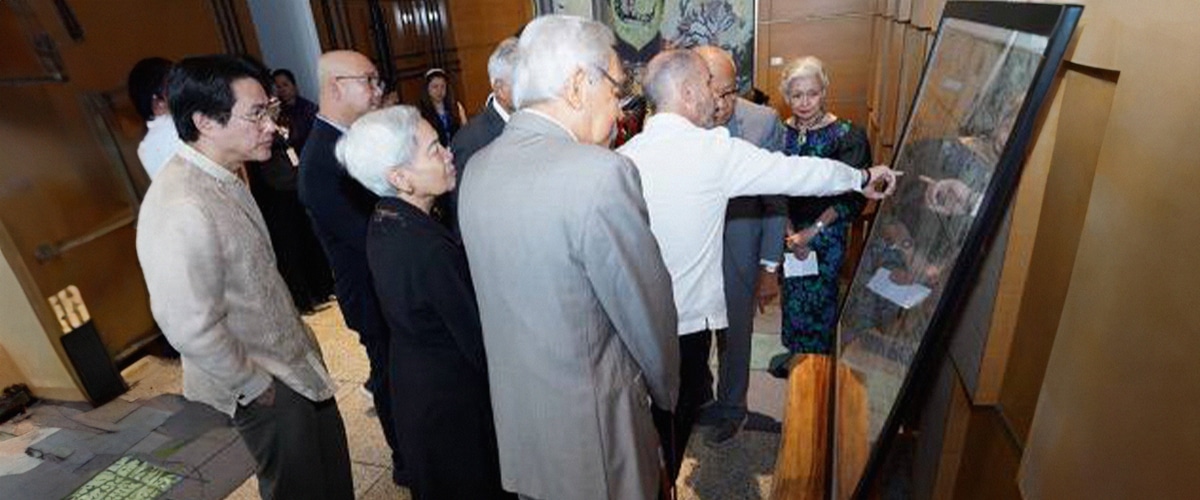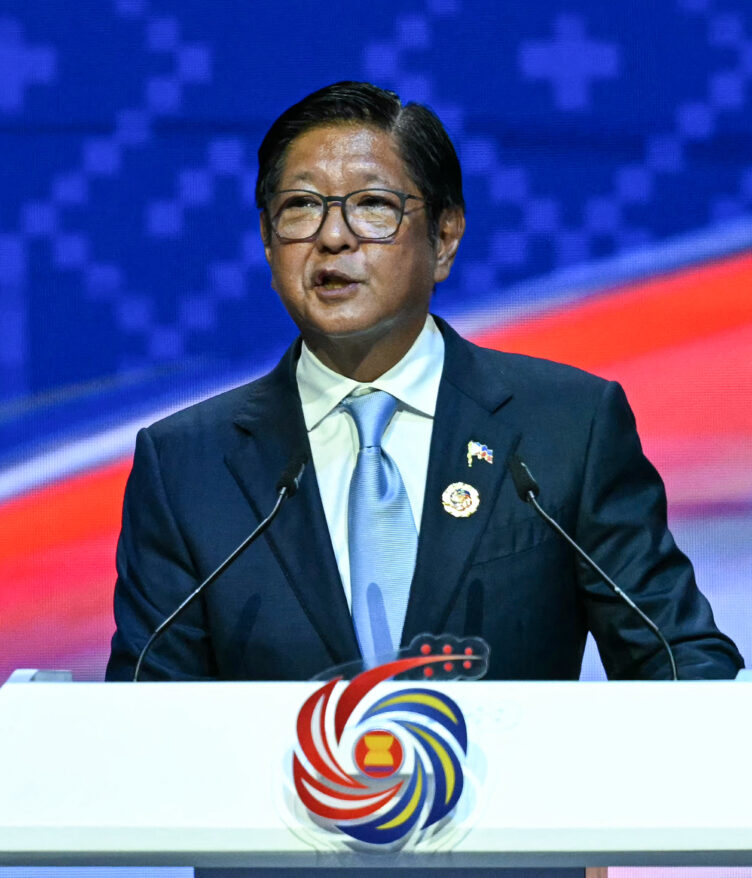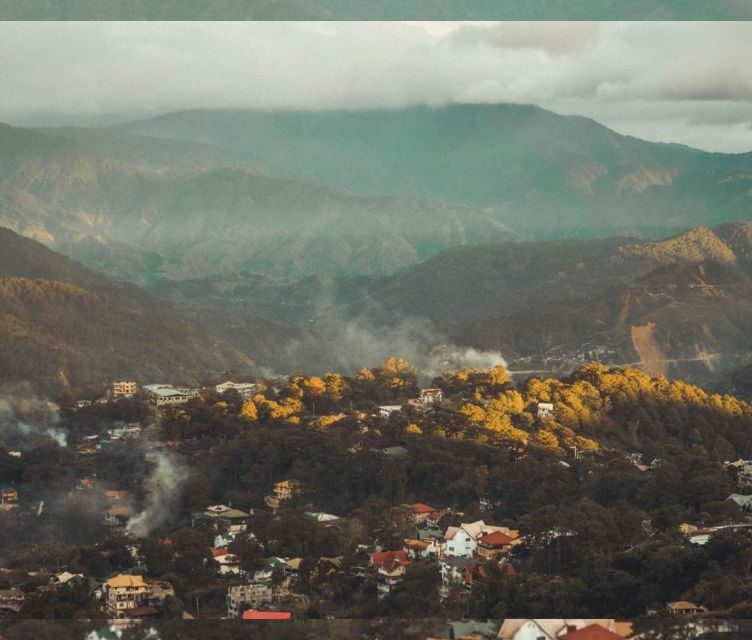ANOTHER historical museum awaits Filipinos: the Museo del Galeón, which will illustrate the conditions during and after the Manila Galleon trade, will open in Pasay, City, in 2025.
UNESCO recognizes Día del Galeón, an annual event commemorating the arrival of the first transpacific galleon in San Pablo, Acapulco, Mexico from Manila in 1565.
At this year’s Día del Galeón, SM Prime Holdings, Inc. (SM Prime) has officially handed over the Museo del Galeón area to SM Mall of Asia.
“The turnover of the Museo del Galeón is a reflection of our deep commitment to preserving and celebrating our rich heritage,” said the Chairman of the Executive Committee of SM Prime, Hans Sy.
“Through this museum, we provide a space where future generations can learn about the vital cultural exchanges that have shaped our nation.”
The event, which took place at the China Blue Restaurant in the Conrad Manila, was attended by SM Group executives as well as leaders from the Philippines, Spain, and Mexico.
Manila Galleon Trade
The Manila Galleon trade, which thrived between 1565 and 1815, was a critical commercial operation that connected Asia, the Americas and Europe.
This trade route developed an important marine connection between Manila, Philippines, and Acapulco, Mexico, allowing for the interchange of products, culture, and ideas across the Pacific.
The galleon trade began in 1565, when Miguel López de Legazpi founded the first permanent Spanish settlement in the Philippines. The route was originally intended to connect Spain’s colonial territory in the Americas with its new possessions in the Philippines.
The first successful voyage from Manila to Acapulco signaled the start of a rich trade, mostly shipping silver from Mexico to Asia in exchange for Asian commodities.
Museo del Galeón
The Museo del Galeón will feature a full-scale replica of the Manila Galleon, providing visitors with an immersive and educational experience that emphasizes the role of the Filipino people before, during, and after the galleon trade.
Visitors are also assured to learn about the East-West exchange of products, ideas, and culture, which helped cement Manila’s position at the forefront of globalization.
“The commitment of Mexico to this project is unwavering. We see the Museo del Galeón as a symbol of the enduring relationship between our nations,” said Daniel Hernández Joseph, Mexican Ambassador.
“A relationship that extends beyond commerce, embodying the profound intercultural exchanges that have shaped the perceptions of time, space, and the worldview of peoples across Asia and the Americas.”
The Museo del Galeón’s space turnover ensures that the Filipino story is shared, and that our rich and complicated maritime history inspires discoveries, revelations, and ideas.
How useful was this post?
Click on a star to rate it!
Average rating 0 / 5. Vote count: 0
No votes so far! Be the first to rate this post.
We are sorry that this post was not useful for you!
Let us improve this post!
Tell us how we can improve this post?








